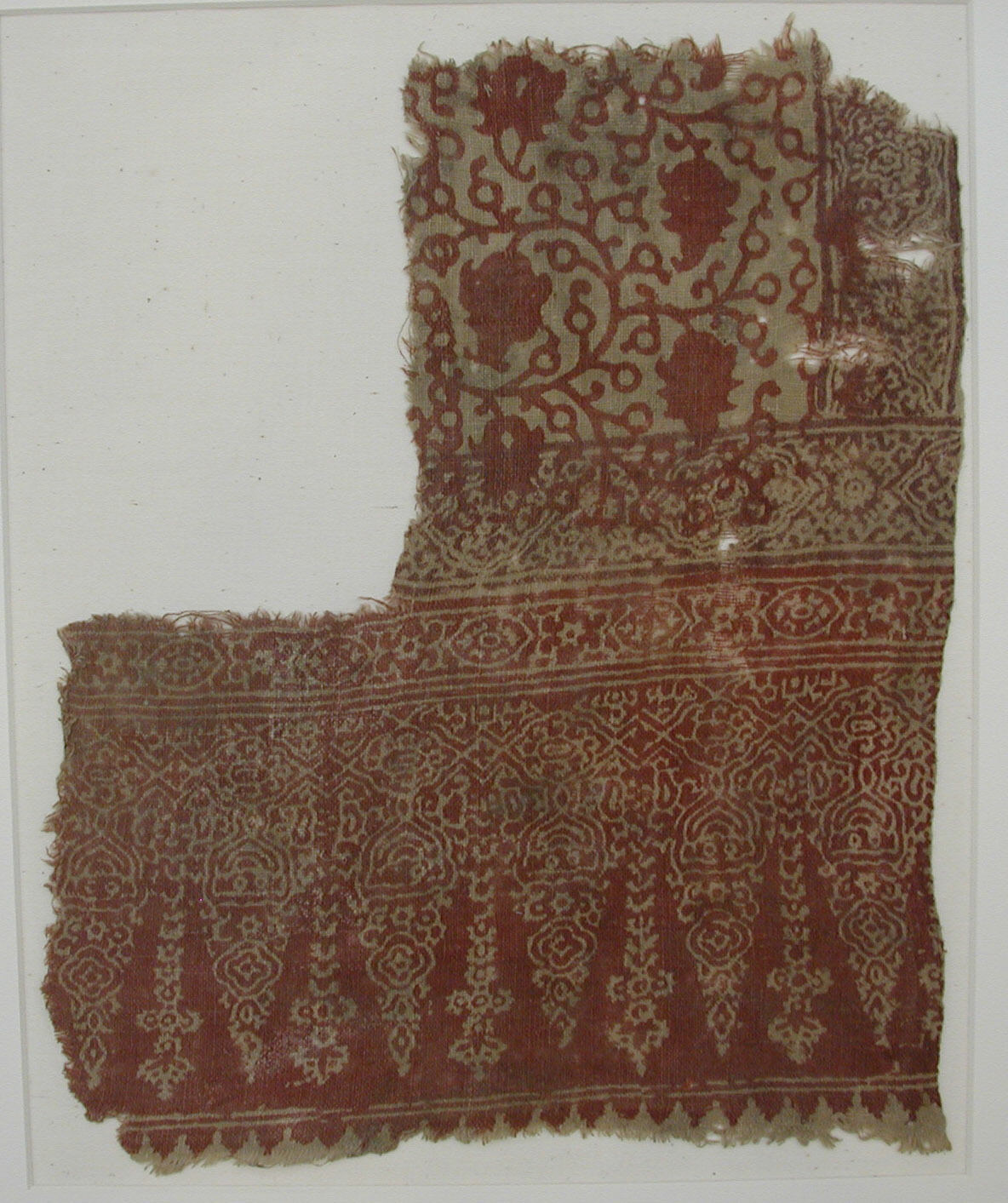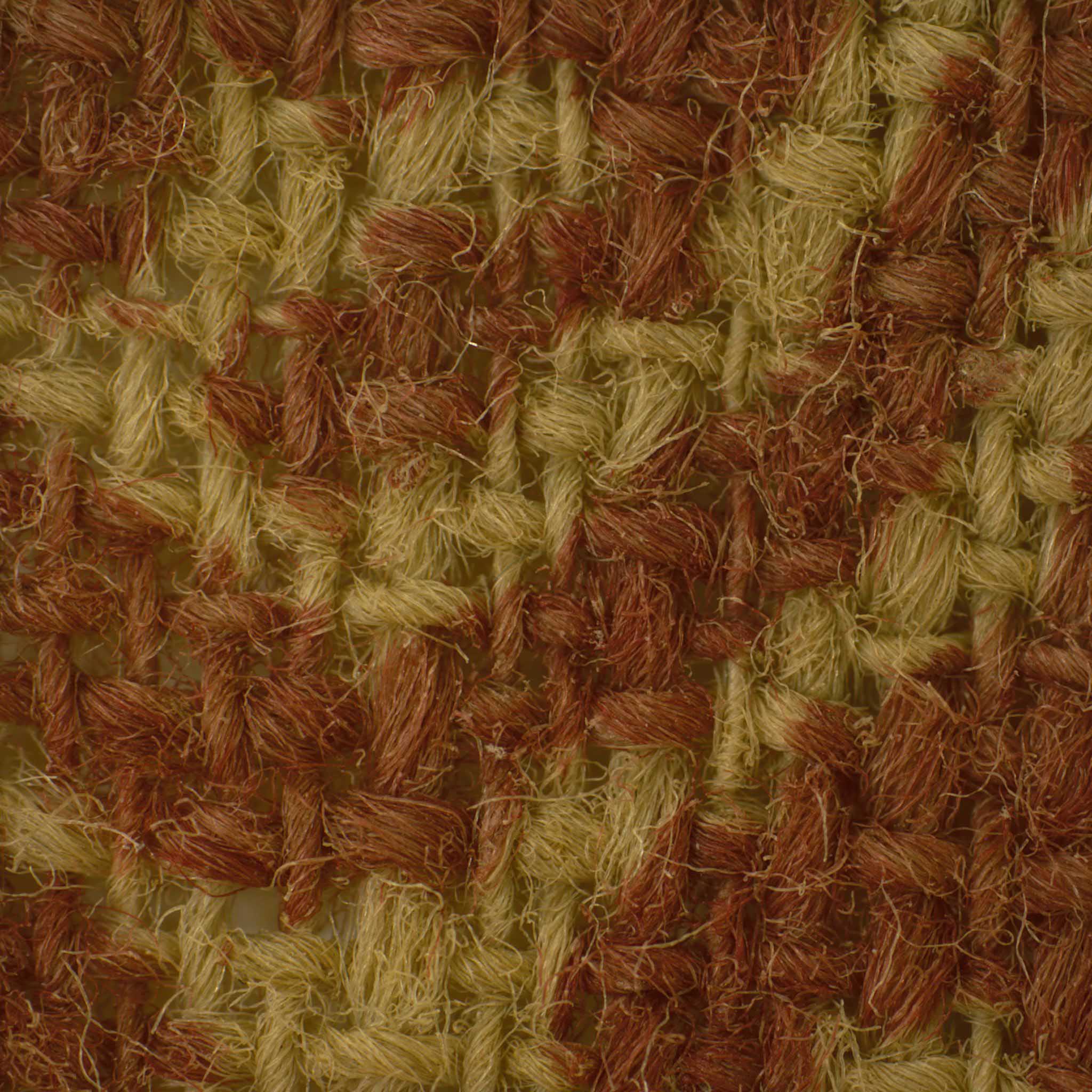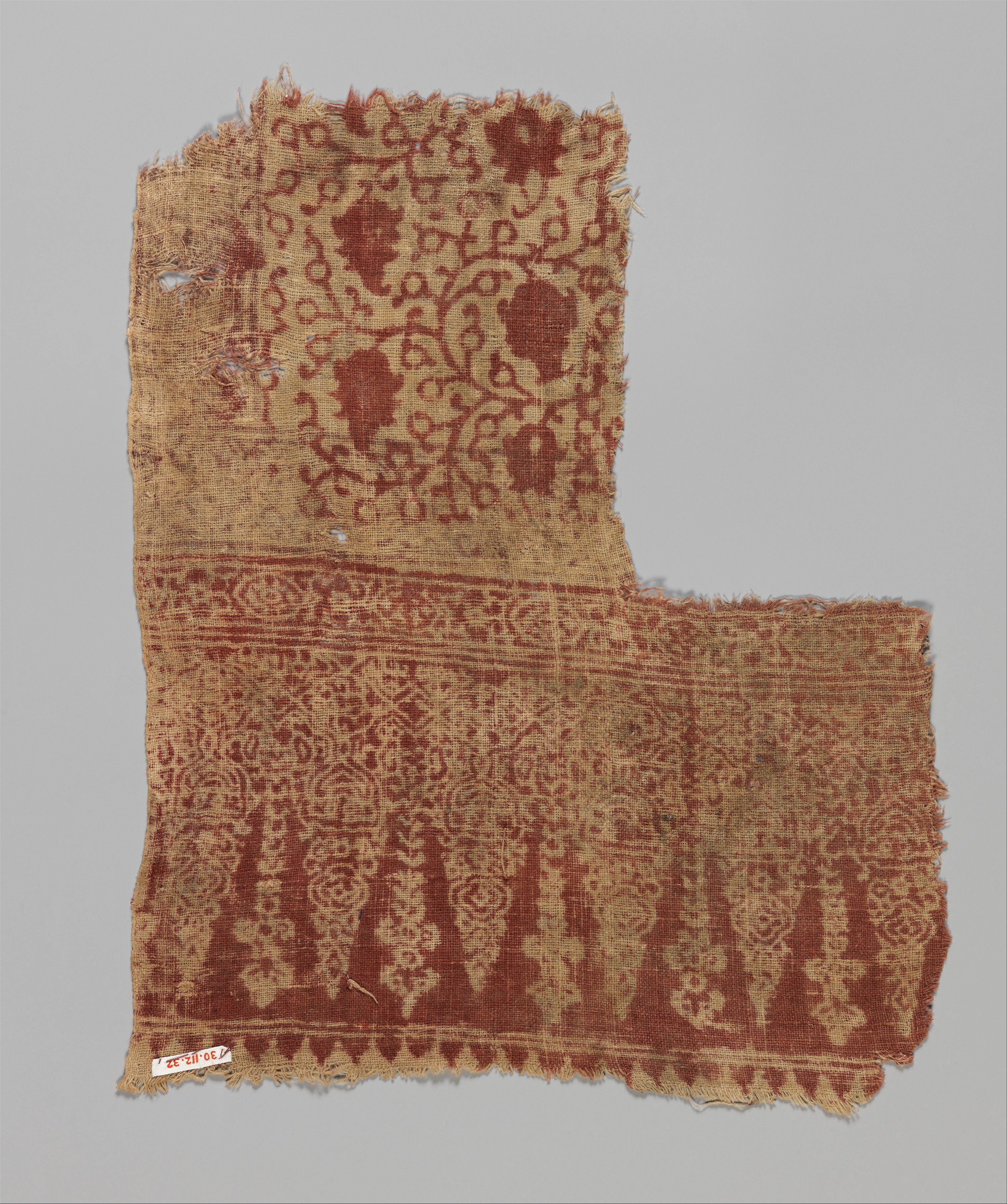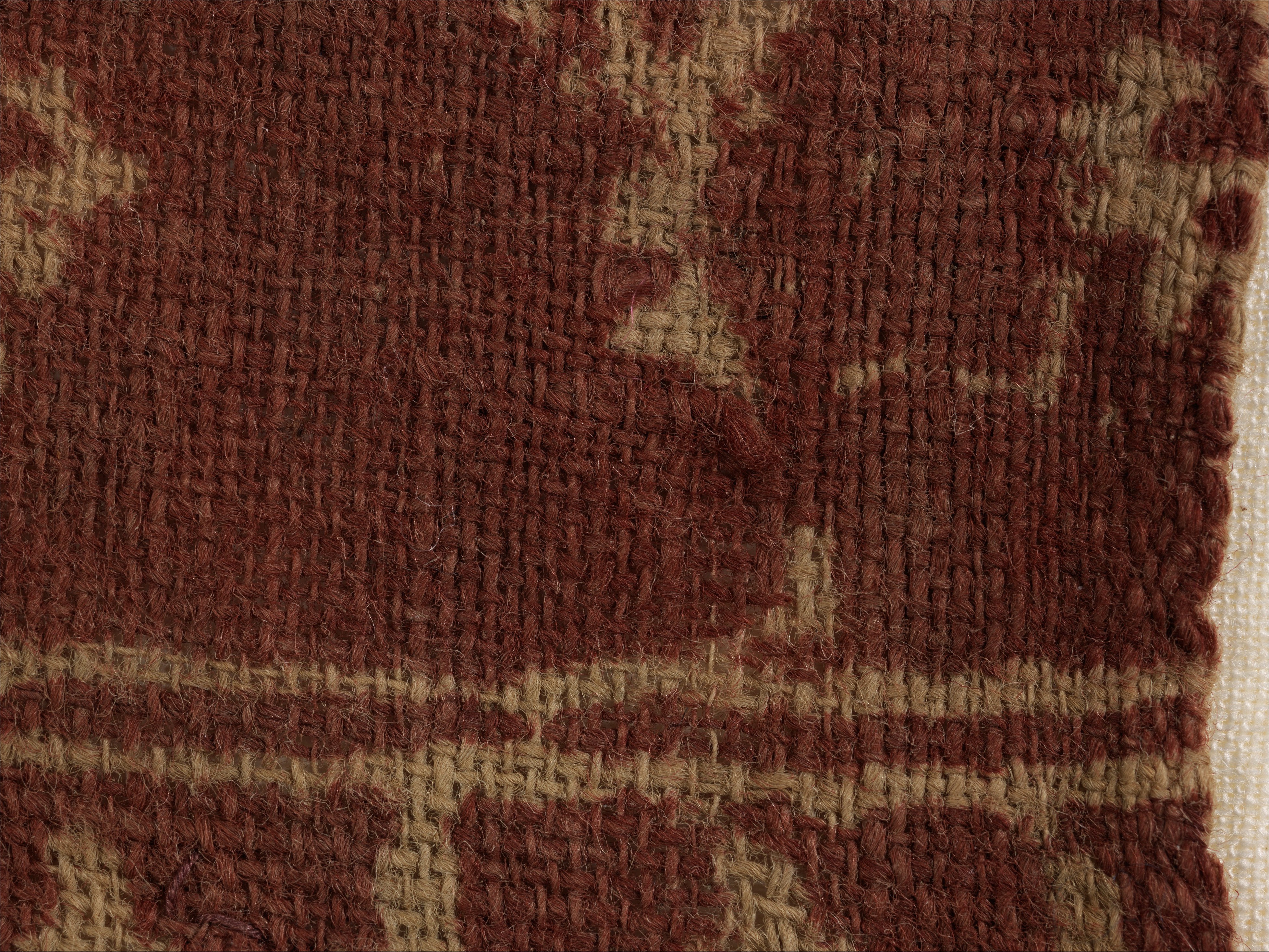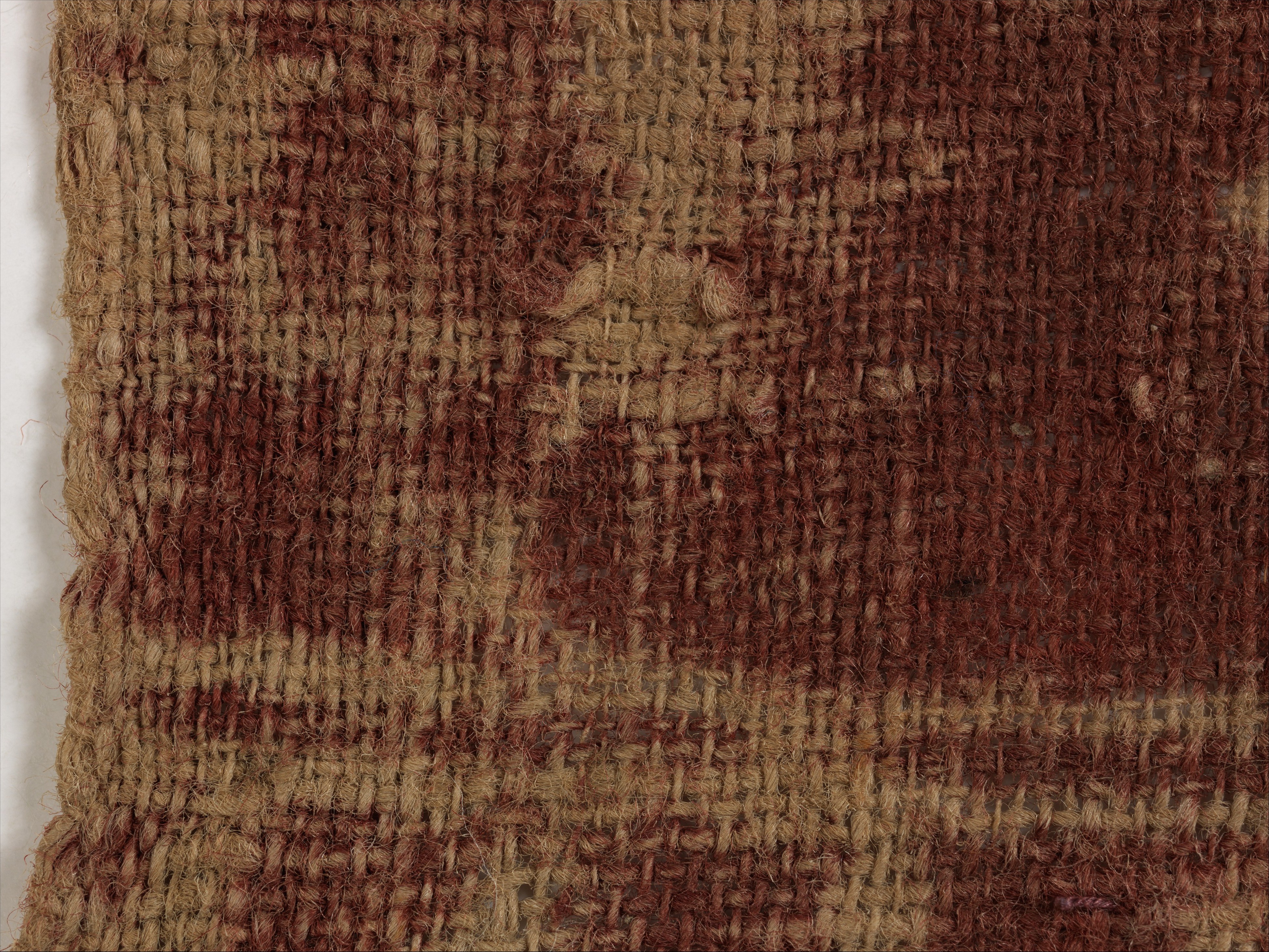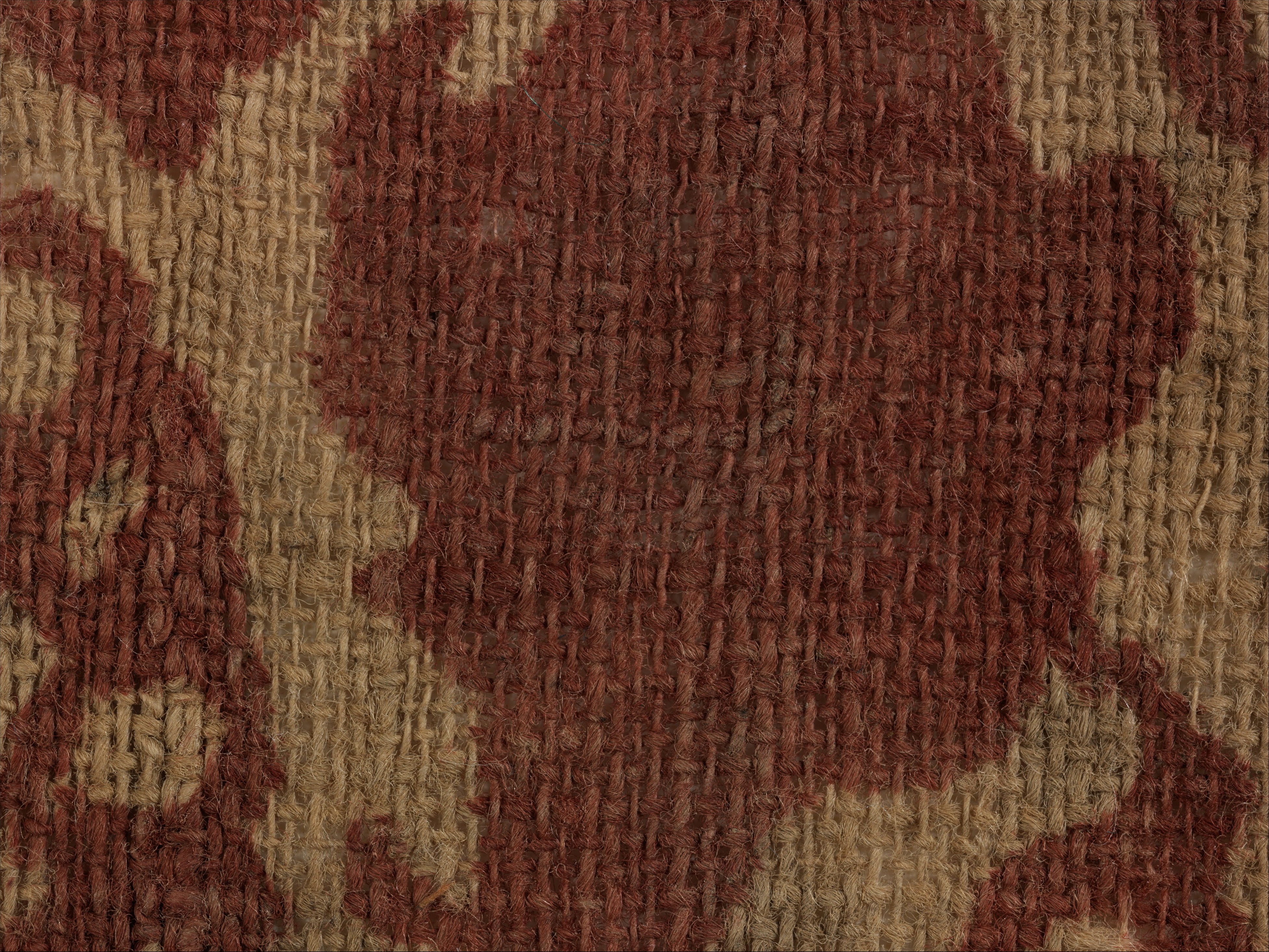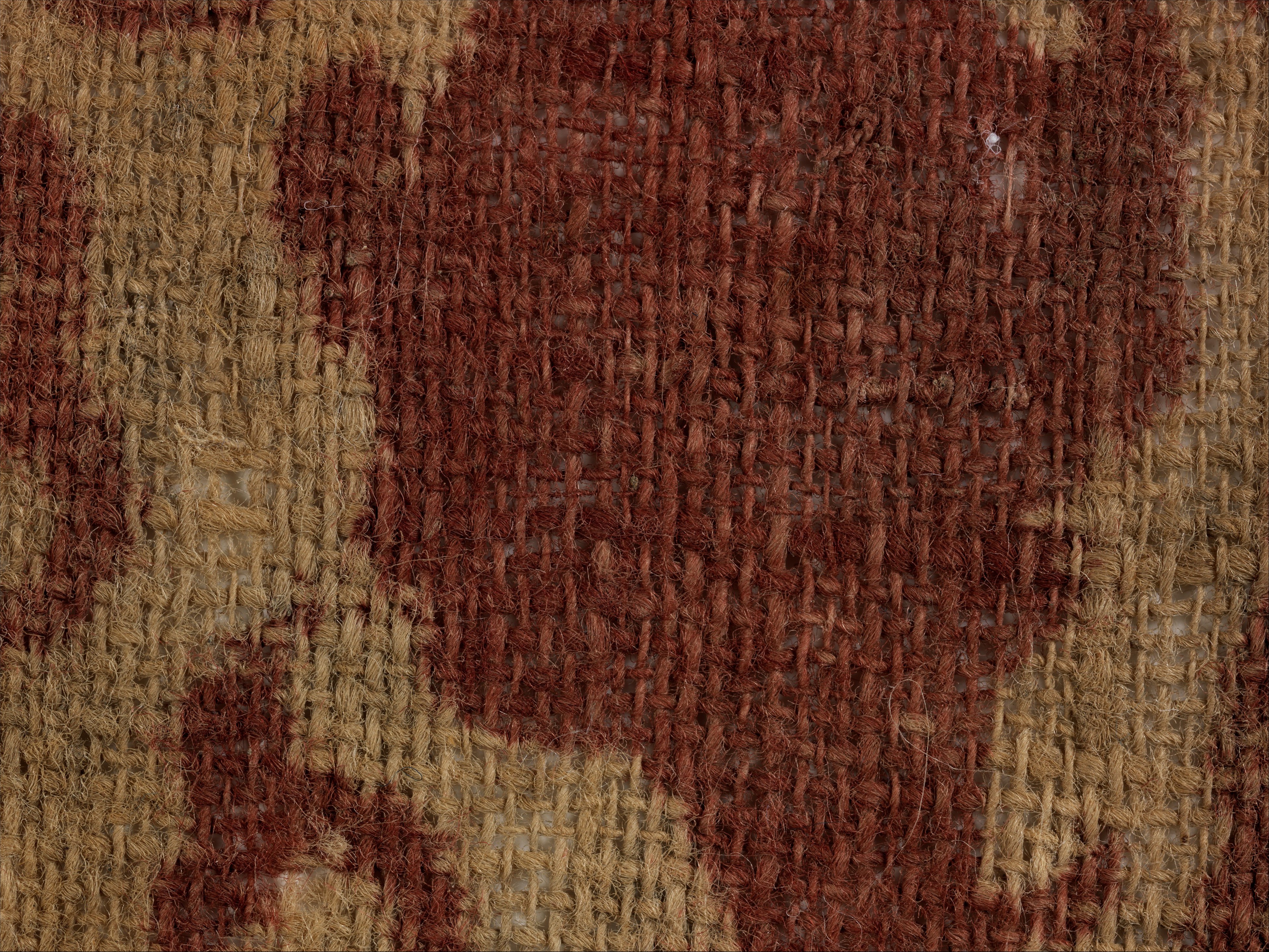Textile Fragment
Not on view
Dated to the thirteenth or fourteenth century, this cotton textile uses both block-print and mordant dye techniques to create its dense and ornate designs. The textile is decorated with a center piece of vegetal ogival motifs with emerging stylized tendrils and a series of borders with floriated medallions. The largest border of the textile, closest to the edge, is reminiscent of stylistic motifs which emulate Jain illustrated manuscript paintings and architecture surface ornamentation.
This textile, which is one of a larger group of textile fragments found in Fustat, Egypt (known as old Cairo), but produced in Gujarat, India serves as evidence of the maritime trade relations between the two areas. This relationship can be traced as far back as the tenth century and extends into the nineteenth century. Fustat’s dry and arid climate allowed for the preservation of these textiles unlike the monsoon heavy climate in India which would have caused the deterioration of the design and fabric. Not only does this textile reveal the transregional connectivity of the Indian Ocean, but shows how the use of these brilliant and vibrant mordant dyes and block-printing techniques became hallmarks of Gujarati textile production and led to their demand and popularity across the globe.
Due to rights restrictions, this image cannot be enlarged, viewed at full screen, or downloaded.
This artwork is meant to be viewed from right to left. Scroll left to view more.




